We get it: Cats have a tendency to scratch everything — your furniture, your floors, and maybe even you. It can be annoying (not to mention painful), and you might just be getting a little fed up with this constant behavior. You might have gotten so frustrated that you’ve even wondered, “Is it bad to declaw a cat?”
The truth is, cats scratch for a number of reasons, from maintaining their claw condition to stretching their legs and paws. And while it may be tempting to declaw your cat, it’s important to understand what this type of surgery really entails, and what complications can arise. There are many questions about whether declawing cats is ethical, which is why two experts weighed in and provided some important insights every cat owner should know about declawing cats.
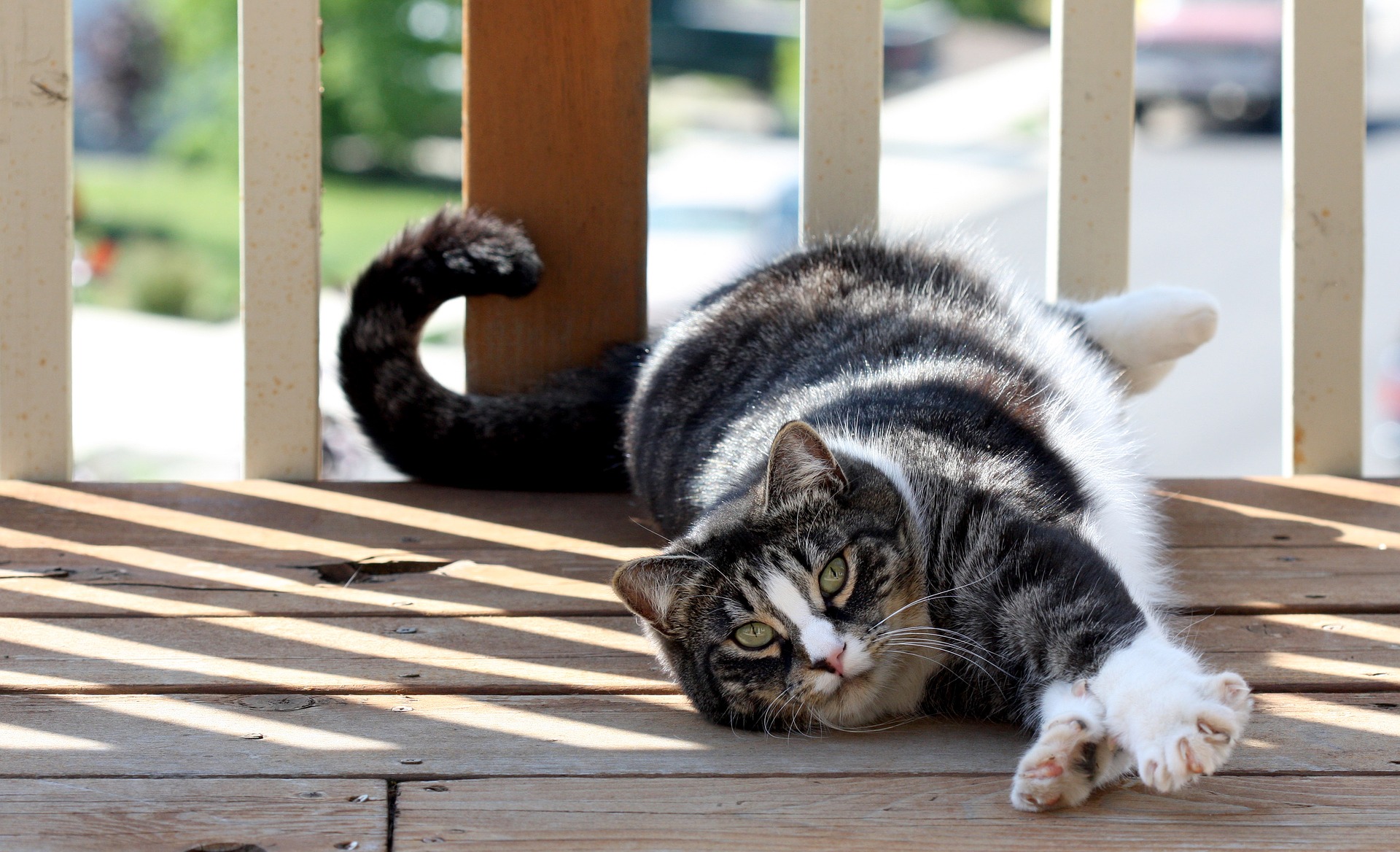
What is declawing?
Jo Myers, D.V.M., at JustAnswer, has a background in emergency room care and a special interest in pet behavior. Myers explains that declawing refers to the surgical amputation of all 10 of the front toes at the last joint. “It would be equivalent to cutting off the tips of your fingers at the knuckle just below the fingernail,” she says. She notes that there’s generally no reason to declaw the back paws since they don’t significantly contribute to property damage or injury.
According to Myers, the declawing amputation is performed under general anesthesia. Cats also need postoperative pain management. But even with proper care, the surgery doesn’t have an easy or simple recovery.
“This traumatic amputation requires significant healing. It can take anywhere from weeks to months for a cat to fully recover from being declawed. In some cases, a cat carries permanent pain or injury as a result of the declaw. Larger, older cats experience significantly more trauma during the procedure, and healing time is much longer,” says Myers.
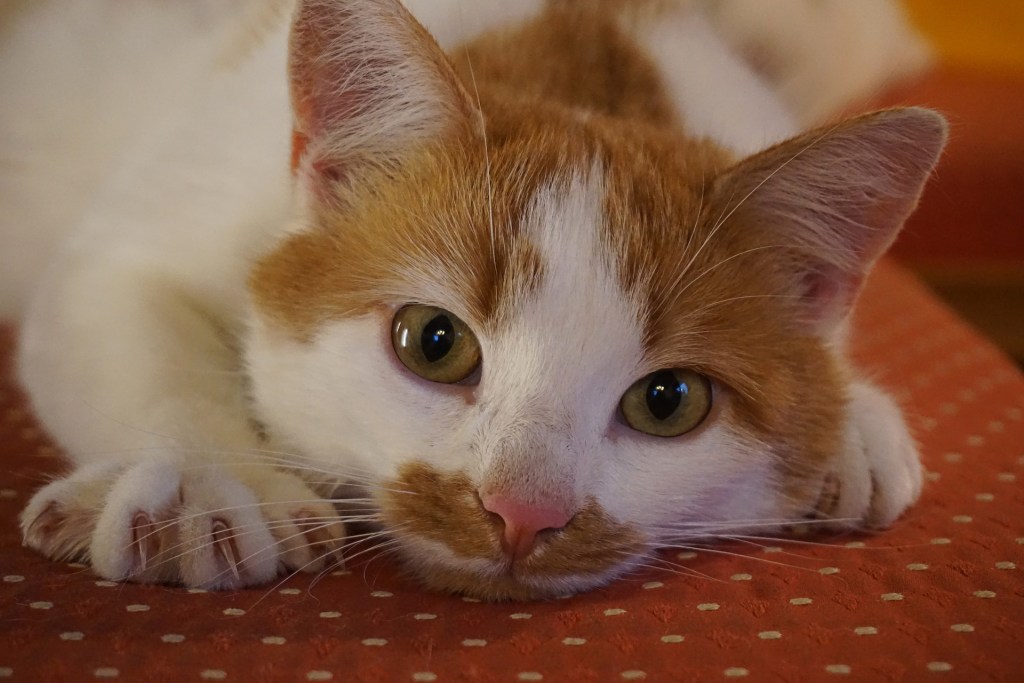
Why do people declaw their cats?
Nikki Martinez, board member of Hearts Alive Village in Las Vegas and founder of Fostering a Purpose, explains that many people want to declaw cats because it prevents them from causing damage by scratching. “Some argue that declawing reduces rehoming and euthanasia, which comes about because of such scratching,” she says. “However, as we have seen firsthand in our rescue, it may actually increase the chances of behaviors such as aggression and biting, which ultimately lead to rehoming or euthanasia.”
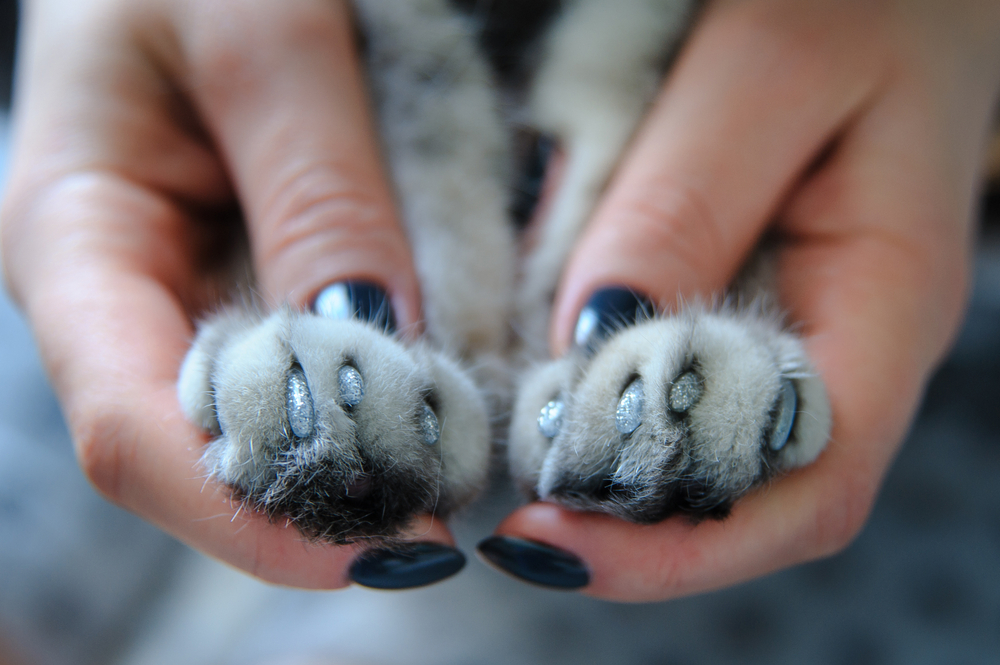
The problems with declawing cats
Myers notes that declawing is a “brutal procedure” that can lead to significant complications.
“Even when done under the best of circumstances and with the best pain management plan possible, it’s still painful and a lot of healing has to occur,” Myers says. “Complications can occur that can cause delayed healing or even lifelong pain and other issues.
“A declawed cat cannot defend itself as effectively in a fight; therefore, it is inadvisable to allow a declawed cat to roam unsupervised outdoors,” she adds. “We also do not fully understand the full extent of how declawing affects a cat’s behavior and mental well-being throughout its life.”
In many parts of the world, declawing is banned. Martinez reports that more than 40 countries, including Australia, Brazil, and the U.K., have banned declawing. In 2019, New York became the first state in the U.S. to ban elective declaw surgery. In recent years, cities including Denver, Los Angeles, and San Francisco have also passed declawing bans.
Myers says it’s difficult to come up with an example of a situation that would warrant declawing. “Put yourself in the cat’s shoes,” she suggests. “If you try to imagine choosing between moving out of the home and social circle you’d always known or getting all your fingertips amputated, it’s pretty hard to come up with a set of circumstances where you’d opt for amputation. Likewise for a cat, it’s important to consider what’s best for the cat if special circumstances arise where declawing is considered.”
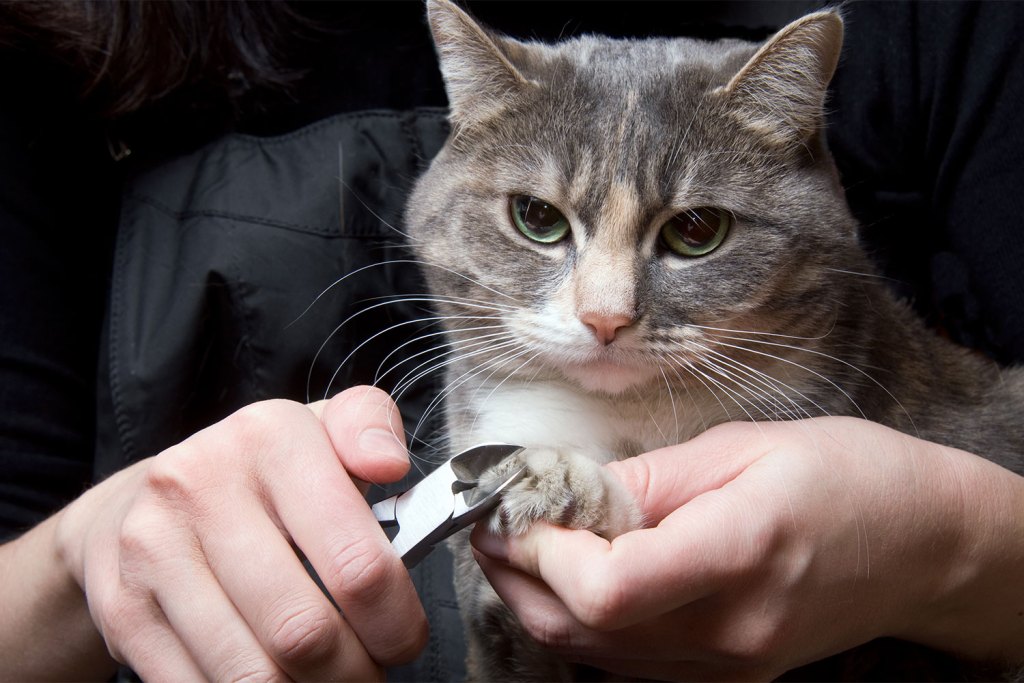
Alternatives to declawing
If your cat is causing damage by scratching, there are many options besides declawing available. These are safe, humane options that can really help alleviate the damage and stress caused by inappropriate scratching.
Trim your cat’s nails regularly
Martinez recommends regularly trimming your cat’s claws since blunt claws will cause less damage.
“Trim the claws about once a week, and always avoid the blood vessels and nerves in the base of the claws so you do not injure the cat. If you aren’t sure how to trim your cat’s claws, ask your veterinarian to show you,” she says.
Consider grinding tools
Myers adds that some owners have been able to condition their cats to accept grinding tool pedicures, which result in a dulled claw tip. Grinding tools are available for sale in specialty pet shops, and many grooming shops and veterinarians will perform this service for a small fee.
Claw covers are a great option for many cats
Myers suggests looking into soft plastic claw covers. “These are glued over the claw and can stay in place for several weeks before the glue wears off. It takes a little practice to get good at this, and property damage can still occur when a claw cover drops off unbeknownst to the owner,” she says.
Provide acceptable places for your cat to scratch
Scratching posts provide cats with a safe, acceptable place to do what comes naturally to them. Scratching posts come in a variety of sizes and styles to fit any home. To entice your cat to use a scratching post, try spraying an over-the-counter pheromone on the post at first. Once your cat gets used to using a scratching post, he’ll be less likely to scratch your furniture.
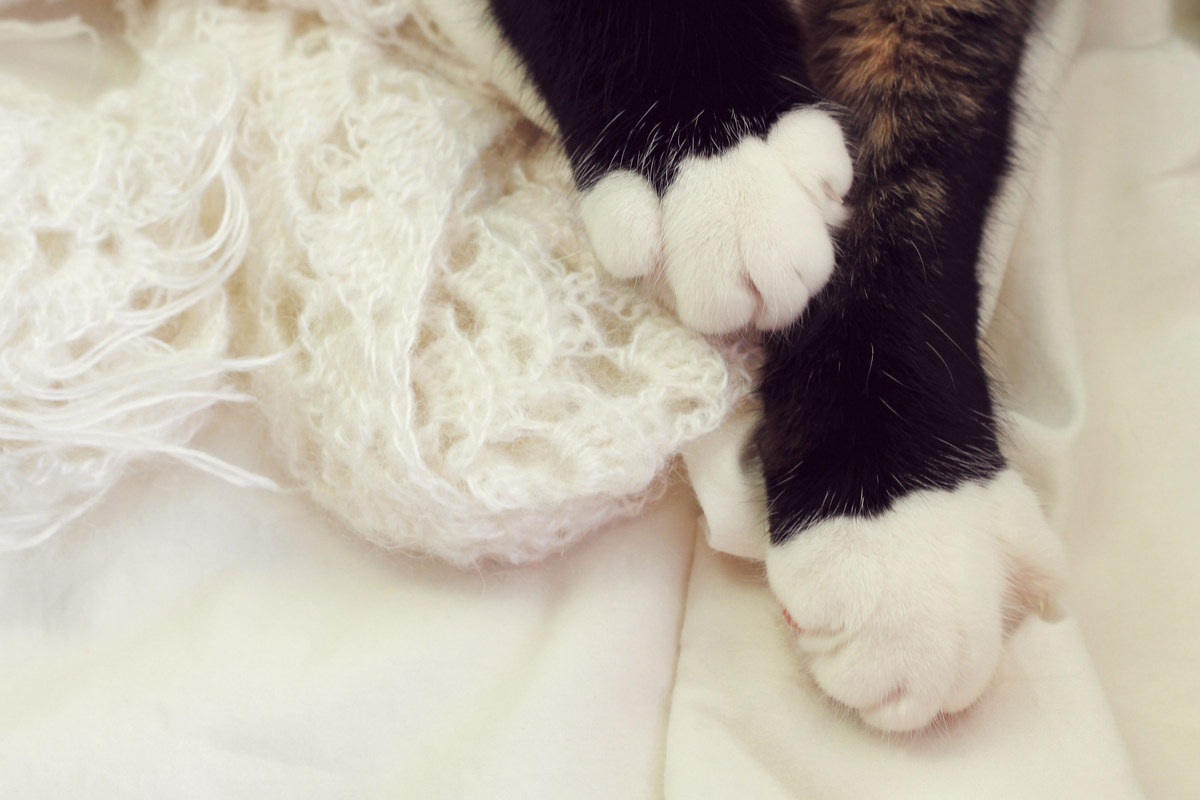
Myers closes with the fact that it’s important to recognize that scratching is a normal and necessary behavior for cats. “They need the opportunity to scratch, and it’s up to us as their caretakers to find ways for them to do this that we can tolerate living with. Providing adequate substrates for scratching is critical,” she says. “The most important thing cat parents can do to ease conflict over their cat’s need to scratch is get good at trimming front claws and do it often. Once that’s accomplished, and you’ve provided some suitable scratching posts, you’re all set to coexist.”
Editors' Recommendations
- When can kittens leave their mom? Don’t separate them too early
- What you need to know about crating a cat at night
- Is your cat biting when you pet them? This is what they’re trying to tell you
- Is incense bad for cats? 4 important things to consider before using it in your home
- PetSmart Charities director shares tips for a successful pet adoption process



